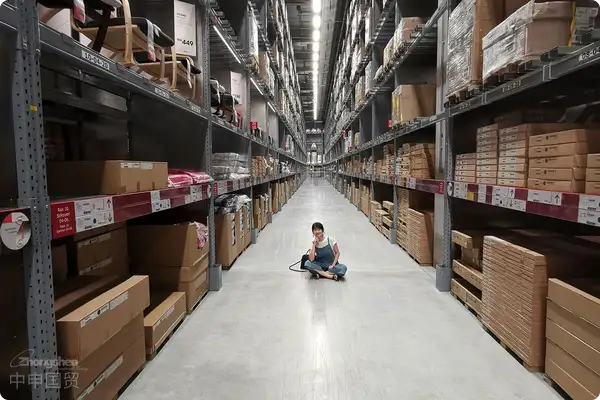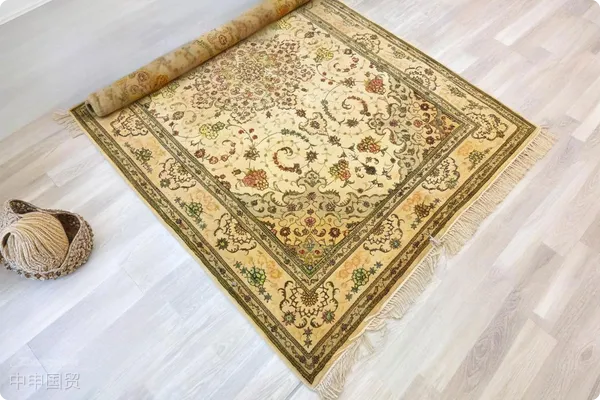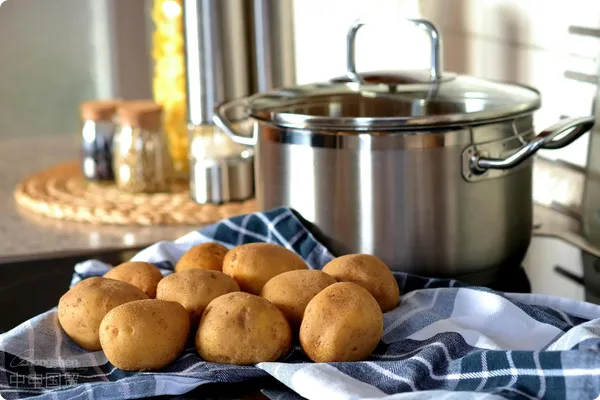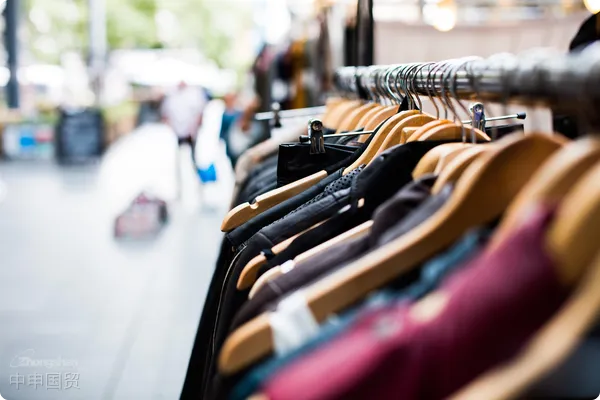- Shanghai Zhongshen International Trade Co., Ltd. - Two decades of trade agency expertise.
- Service Hotline: 139 1787 2118
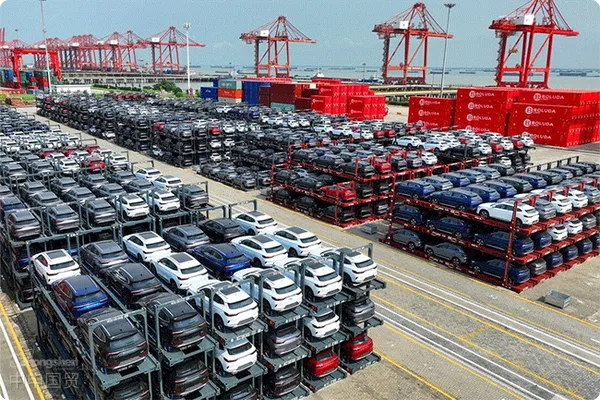
In recent years, Chinese kitchenware manufacturers have paid increasing attention to the Russian market. However, the tariff issue has become the focus of the industry. This article will deeply analyze the kitchenwareCompulsory certificationthe tariff standards and explore its impact on the economic costs and market strategies of enterprises.
I. Customs Policies: An Overview of Russian Kitchenware Tariffs
(1) According to the current regulations of the Russian customs, the tariff rates for imported kitchenware vary depending on the product category, usually including basic taxation and additional fees.
(2) For core products such as stainless - steel cookware, the average tariff rate in 2021 was 10%, while high - end electrical appliances may face higher rates.
II. Tariff Costs and Market Strategies
(1) High tariffs will increase export costs and affect corporate profits. Therefore, formulating a reasonable pricing strategy is crucial.
(2) Enterprises can reduce tariff costs and meet local market standards by seeking local production or cooperating with local Russian brands.
III. Adaptation and Optimization Strategies
(1) Understanding the consumption trends of the Russian market and launching products that meet local needs can mitigate the impact of tariffs.
(2) Through technological innovation and improvement of product quality, enhancing product competitiveness can offset some of the tariff pressure.
Conclusion:Facing the tariff environment in Russia, kitchenware export enterprises need to operate meticulously. Adaptive strategies and continuous innovation are the keys. In the long run, with the dynamic adjustment of international trade agreements, tariff barriers may ease. Enterprises can obtain more market opportunities through strategic cooperation and tariff preferences.
Related Recommendations
? 2025. All Rights Reserved. Shanghai ICP No. 2023007705-2  PSB Record: Shanghai No.31011502009912
PSB Record: Shanghai No.31011502009912
